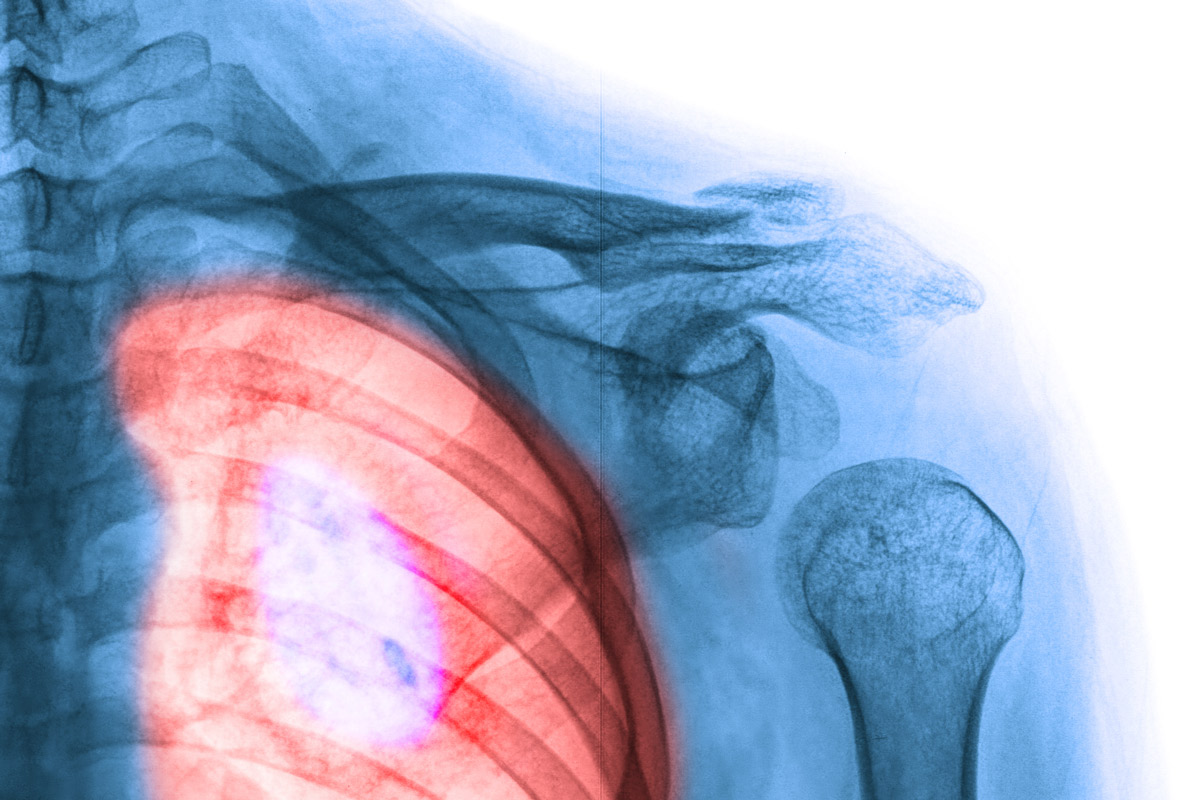
Early Screening for Lung Cancer Available to Those at Highest Risk
Lung cancer is by far the leading cause of cancer death among both men and women. Each year, more people die of lung cancer than of colon, breast and prostate cancers combined.
Lung cancer mainly occurs in older people. About two out of three people diagnosed with lung cancer are 65 or older, while less than 2% are younger than 45.
The average age at the time of diagnosis is about 70.
Lung cancer screening (LCS) using low-dose computed tomography (LDCT) has been clinically proven to reduce lung cancer mortality in individuals at high risk for lung cancer.
In fact, studies have shown that LDCT lung screening can lower the risk of death from lung cancer by 20% in people who are at high risk.
Therefore, we are currently offering LDCT lung screening to individuals who meet the established high-risk criteria.
What is CT Lung Cancer Screening?
LDCT lung screening is quick, easy and results in a minimal amount of radiation exposure.
During the procedure, computerized tomography (CT) screening uses special X-ray technology to obtain image data from different angles around the body and then uses computer processing for the information to show a cross section of body tissues and organs.
LDCT lung screening is one of the easiest screening exams you can have. The exam takes approximately 15 minutes. No medications are given, and no needles are used. You can eat before and after the exam.
Without LDCT lung screening, lung cancer is usually not found until a person develops symptoms, at which point the cancer may be much harder to treat.
Who is Eligible for Screening?
Lung cancer screening is not appropriate for everyone. Patients who qualify for screening:
- Are between 50 and 80 years old.
- Show no signs or symptoms of lung cancer.
- Have smoked within the last 15 years.
- Have smoked 20 pack-years* or more.
*A pack-year is used to describe how many cigarettes a patient has smoked in their lifetime. One pack year = smoking one pack per day for one year. 1 pack = 20 cigarettes.
Patients who meet the criteria should see their physician to discuss their eligibility, as well as the benefits and risks of screening before scheduling an appointment.
Medicare will now cover lung cancer screening with LDCT once per year for Medicare beneficiaries who meet all of the qualifying criteria. Other insurance carriers (HMSA, Quest, etc.) cannot deny these studies if a patient meets all three eligibility criteria.
However, it is best to check with your insurance carrier in advance.
What is a Shared Decision for Lung Cancer Screening?
Shared decision-making is a collaborative patient-centered process in which patients and clinicians make decisions together, within the context of the best evidence and recommendations and based on the patient’s values and preferences.
For LDCT examinations, a shared decision is required with the use of at least one or more decision aids. The shared decision visit should include information about benefits, harms, follow-up diagnostic testing, over-diagnosis, false positive rates and total radiation exposure.
To learn more about LDCT and treatment options for lung cancer, visit the Hawaii Pacific Health Cancer Centers microsite.
Published on: November 7, 2017


